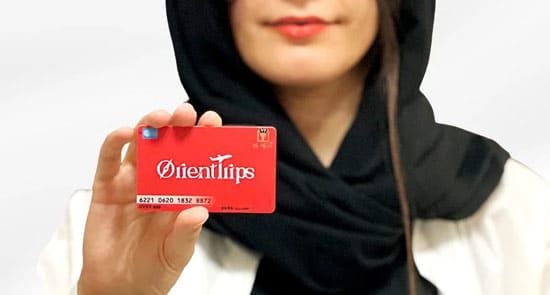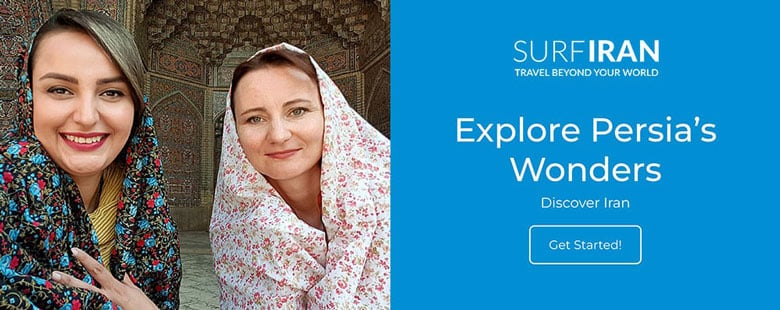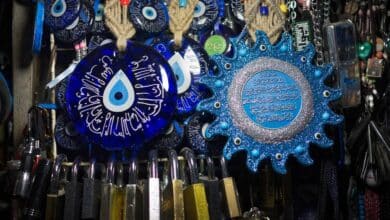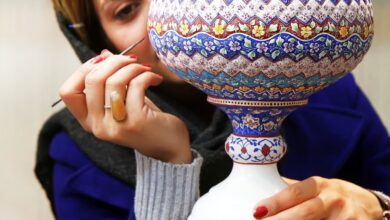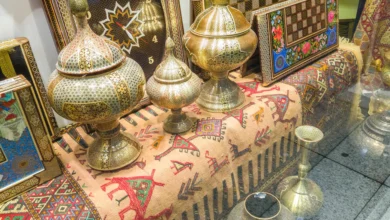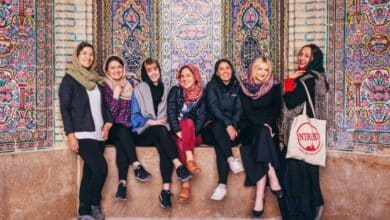Understanding Iranian Culture: Traditions and Social Norms
Explore the Traditions and Vibrant Social Norms that Have Shaped this Ancient Land
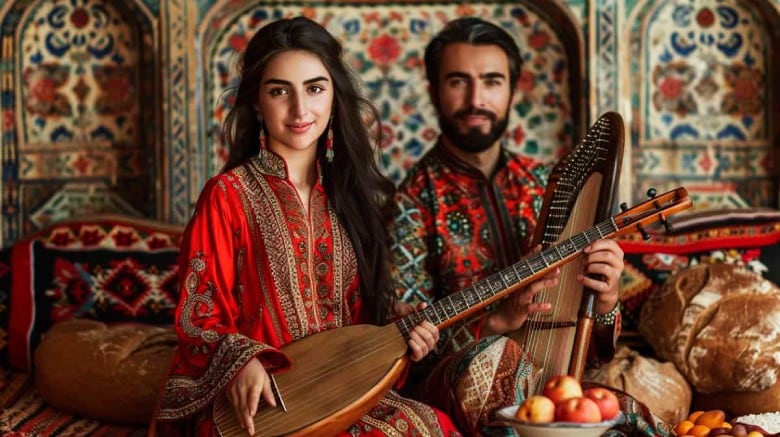
Iran, a country deeply steeped in a rich tapestry of history and heritage, proudly boasts a culture that has grown over millennia. From the roots of ancient Persia down to modern-day social dynamics, to understand Iranian Culture one needs to delve into its traditions, social norms, and the complex interplay of the past and present. This paper serves to present the key features of Iranian culture, outline the traditional features, and describe the proper social behaviors and values in general that form the basis of society.
Contents
Historical Background

Iranian culture should first be realized with regard to its historical background. Iran was a hub of civilization for over three millennia, starting from the time of the Achaemenid Empire dating back to the 6th century BCE. It has contributed to the great art, science, philosophy, and literature that has influenced and impressed the people of the world at large. The Persian Empire has given special advancements in architecture, mathematics, and literature which are considered identifiable with renowned personalities even today, such as Rumi, Hafez, and Omar Khayyam.
The conquest of Iran by the forces of the Arabs in the 7th century marked a cultural turn. Islam brought with itself a set of fresh religious and philosophical ideas into the region, combining them with traditional Persian practices. The product of such synthesis is an extremely unique culture that is quintessentially Iranian: herein, Islamic religious practices are combined with Persian customs.
Core Values and Beliefs
In Iranian culture, there are core values that influence the basic principles of the society. Among them, the most important are family, hospitality, respect to elders, and honor. Family relations in Iran are highly valued since families are considered to be the smallest units in society. Sometimes, the extended families live together or maintain a close relationship with one another. In this way, they prove to be very supportive. Families have frequent gatherings and celebrations; during these, good times are shared together.
Hospitality is another cornerstone of Iranian culture. The visitors are welcomed with a high level of respect and hospitality, rooted in the cultural expression “A guest is a gift from God.” Once invited to an Iranian home, one will always find a table full of food, tea, and sweets, regardless of the economic situation of the hosts. The practice not only demonstrates the hospitable aspects of Iranian culture but also strengthens social ties and relations.
Respect for the elderly in Iranian social etiquette is deeply rooted. In Iranian social etiquette, respect for elders goes to the extent that they are considered carriers of wisdom and experience; they are looked upon with great respect in the family and society. Younger generations show their respect through the use of formal language and a variety of honorifics. All these features underline respect as an important component of interpersonal relations.
Key Traditions
Some of the traditional practices and customs that characterise Iranian culture are mainly associated with celebrations and religious events. Some of the important traditions are inclusive of the following:
Nowruz – Persian New Year
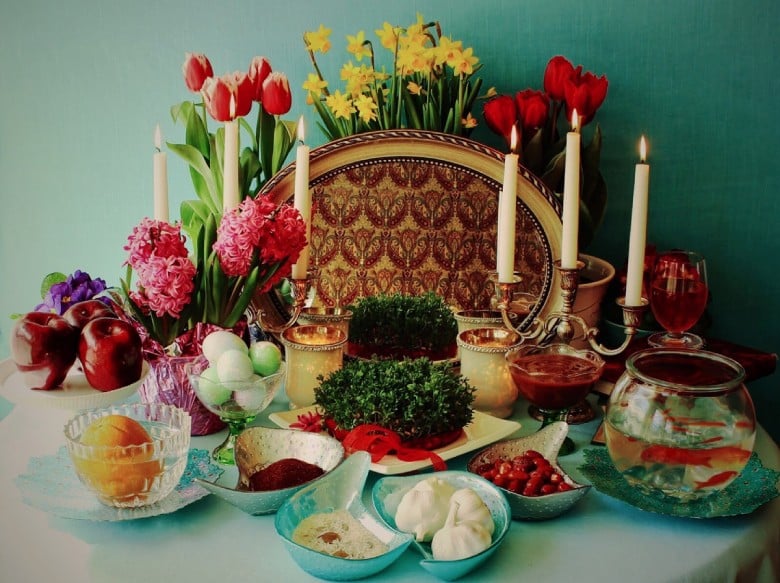
Nowruz is the Persian New Year that occurs on the vernal equinox and has been celebrated for over 3,000 years. It symbolizes renewal and rebirth in nature as it awakens from winter. The event takes approximately two weeks of family gathering, rituals, and symbolic meals.
Amongst all these preparations, the preparation of the “Haft-Seen” table occupies a central position. The table is spread with seven items whose names start with the Persian letter ‘S‘ and symbolize different aspects of life, including health, wealth, and love. The family spreads the table with traditional food items, sweets, flowers, garlic, an apple, and vinegar, each symbolizing different aspects of life.
Ashura
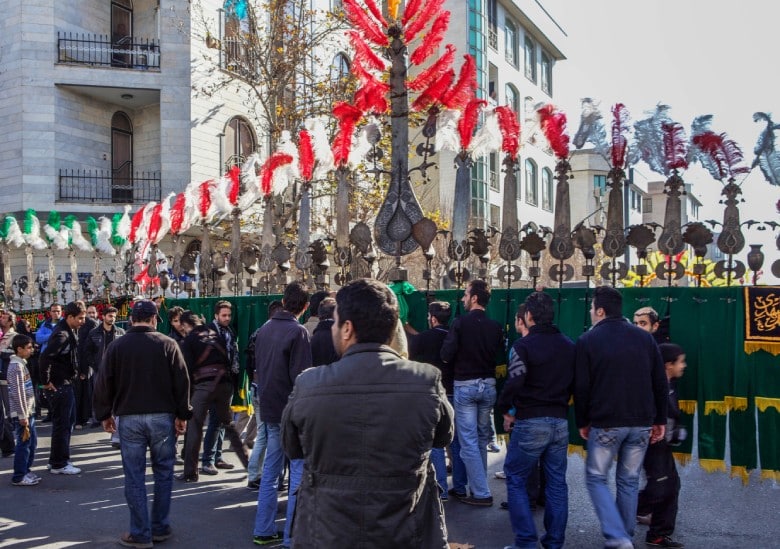
Ashura, one of the most important religious rituals for Shia Muslims in Iran, marks the martyrdom of Imam Hussain, the grandson of the Prophet Muhammad, in the Battle of Karbala. The event holds immense emotional and spiritual significance and has been a symbolic representation of the struggle against oppression and injustice.
The people mourn on the day of Ashura: some form processions and beat the chests or listen to elegies. These shows of public mourning-most spectacularly chest-beating and dramatic reenactments-are manifestations of public lamentation for the souls of Imam Hussain and his companions. It solidifies ties within the community and helps the devout to be reminded of their duty to morality.
Art and Literature
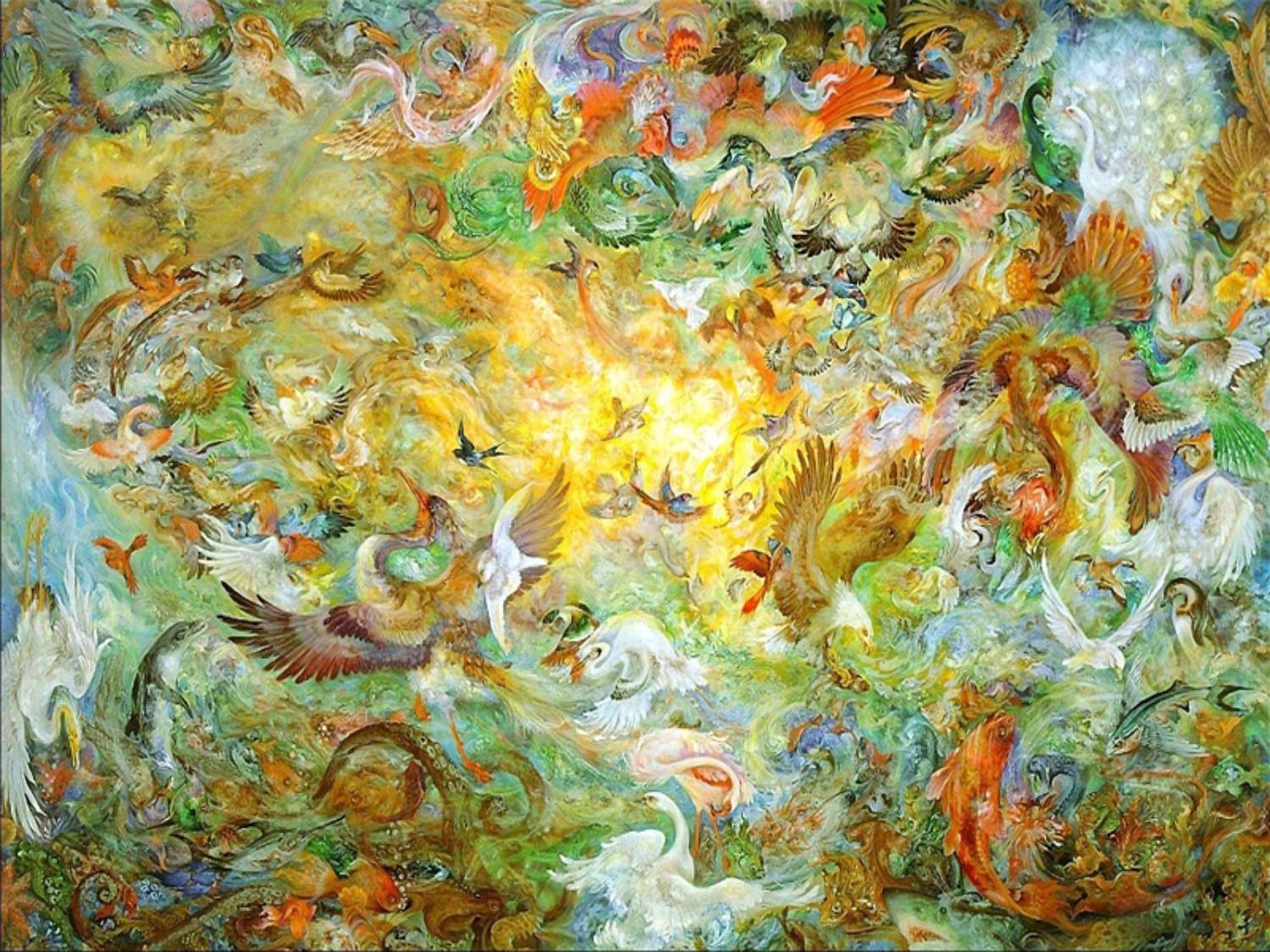
Iranian culture is replete with the most fascinating artistic traditions, among which stand out outstanding examples of poetry, calligraphy, and miniature painting. As a matter of fact, Persian poetry is considered one of the best in the world for its depth of human emotion, spirituality, and philosophizing that is expressed through it.
Prominent poets such as Rumi and Hafez have been recognized as shaping Persian literature, their works cutting across cultural and national barriers. The tradition of poetry can be traced to the present date in modern Iranian poets who are finding recognition across the globe.
The Persian miniature is well known in the visual arts for its detailed intricacies and brilliant color that often illustrate Persian epics, historical events, or scenes of everyday living-mastery and cultural understanding of that time.
Social Norms and Etiquette

Understanding the social etiquette within Iran is important to guide interaction and relationship building. Iranians are normally polite and formal in their communication; greetings take the form of a firm handshake followed by friendly banter on anything. In more conservative companies, this is especially true between individuals of opposite sexes, where it is decent to wait for the woman to extend her hand first or simply nod without any physical contact.
If invited into an Iranian home, it would be viewed as polite to bring a small gift, something like sweets or fruit. You are also expected to remove your shoes at the door. Guests should decline an offer of food or drink a minimum of one time to show modesty.
Dress can be a significant factor in social interaction, especially in view of the cultural sensitivities with regard to the Islamic way of life. Although Tehran and some other urban cities may show a more liberal way of dressing, modesty is generally advisable, especially in rural areas.
Conclusion
The Iranian culture, with its historical depth, can be understood in light of treasuring its core value and rich tradition. Closeness to the family, hospitality, and respect towards elders all reflect the interrelatedness that characterizes social relationships in Iran. Moving along this cultural landscape, one realizes that indeed, the past has continued to inform the present in ways in which many current practices further embellish the lives of Iranians today.
By investigating the intrinsic values and traditions that define Iranian culture, it is possible to go a step further into this multi-faceted society. Appreciation for Iranian culture, on a worldwide scale, establishes a greater mutual respect and dialogue, thereby bringing closer together all of the various peoples of the world. The richness of Iranian culture, with its literature, art, and celebrations of tradition, beckons everyone to take part in the legacy given to them by time.
FAQ
Which one is the main Iranian cultural value?
Family, hospitality, respect for elders, and not least among these: honor; those are the basic pivotal Iranian cultural values.
Nowruz – What is it, and how is it celebrated?
Nowruz is the Persian New Year. For over 3,000 years, it celebrated the vernal equinox as a symbol of renewal and rebirth with two weeks of family gatherings, rituals, and preparation of a special “Haft-Seen” table.
What is Ashura in Iranian culture?
Ashura is the martyrdom of Imam Hussain, which falls on a day of public mourning with processions, chest-beating, and elegies representing the struggle for the quelling of oppression that cements community ties.
